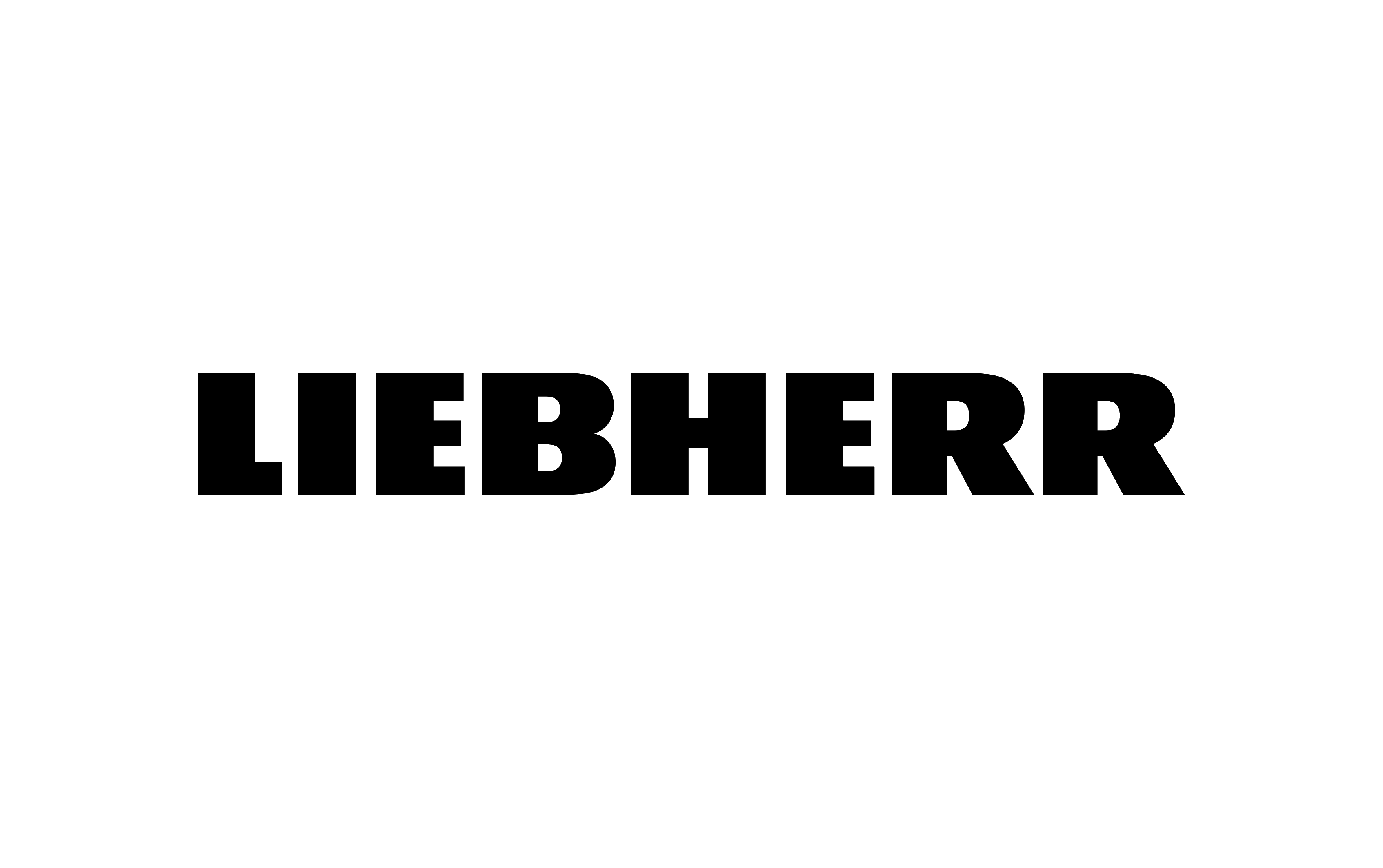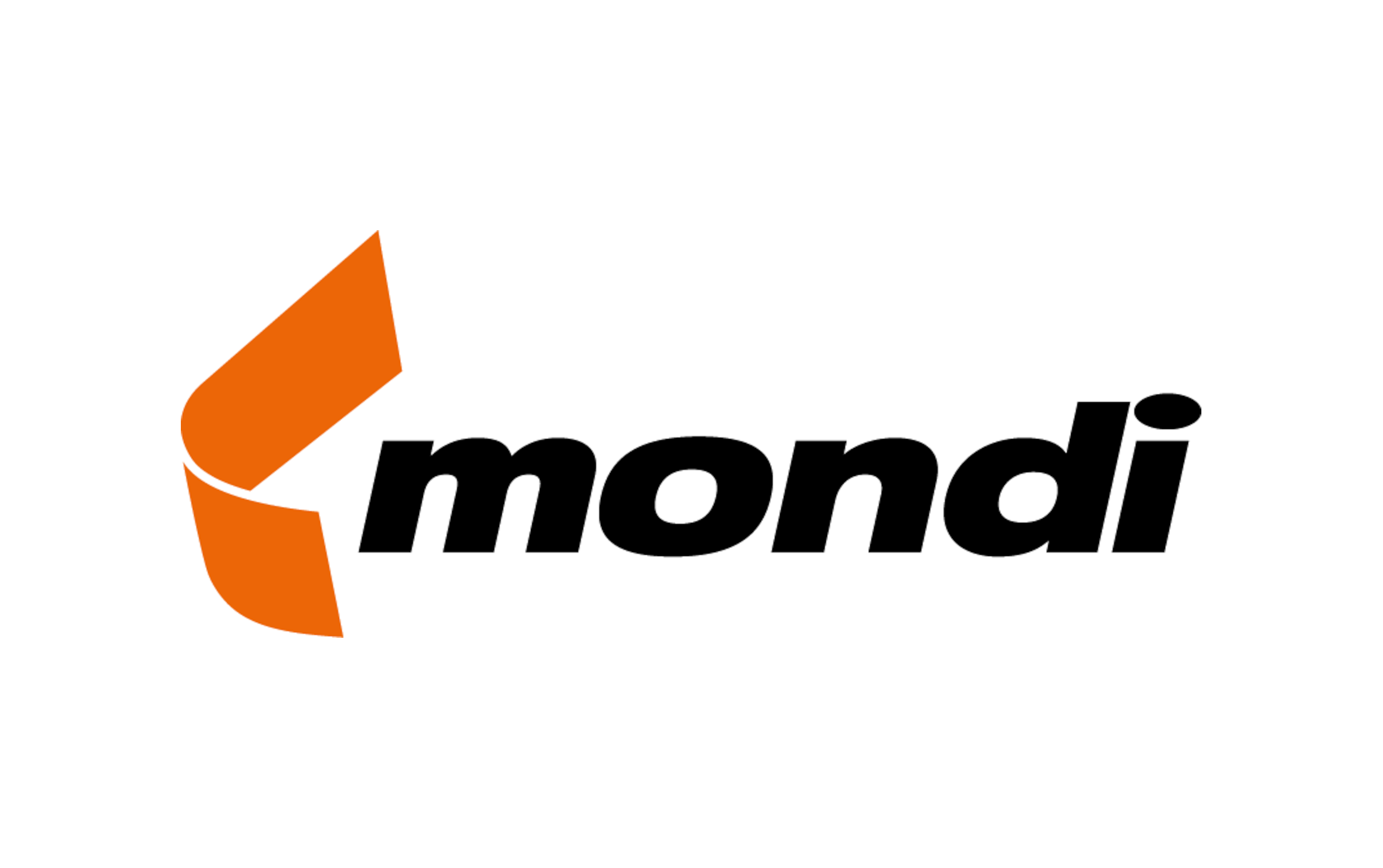CONSULTING
TESTING
DEVELOPMENT
RESEARCH

Anti Icing Coatings
Reducing ice adhesion to prevent dangerous ice formation
Over the past 15 years, AAC has been at the forefront of addressing the challenges of icing across various environments and industries, including aviation, wind energy, solar energy, and other industrial applications. AAC’s expertise spans the development of both active and passive anti-icing and de-icing methods. The company’s passive methods include advanced anti-icing coatings, while active methods encompass electro-thermal and electro-expulsive de-icing systems.
Passive anti-icing coatings are designed to reduce the adhesion of ice to surfaces, thereby preventing icing or enhancing the efficiency of active anti-icing and de-icing systems. By employing these coatings, the power consumption of active systems can be significantly reduced. AAC’s research in this area focuses on several key approaches to achieve this goal:
- Lowering the surface energy,
- Creating slippery liquid-infused porous surfaces (SLIPS),
- Patterning surfaces.
These innovative methods enable the achievement of ice adhesion forces lower than 100 kPa.
AAC has developed a comprehensive coating characterization toolbox and has the capability to create its own analytical methods to streamline and expedite the development cycle. At the core of AAC’s feedback loop in coating development is an in-house ice adhesion test setup, which allows for the rapid determination of static ice adhesion shear forces. Recently, AAC expanded its analytical capabilities to perform Technology Readiness Level (TRL) 3 assessments of coatings in laboratory settings.
Through participation in over eight national and international projects, AAC has established a robust network of partners in the field of icing. Together with these partners, AAC offers a range of services including the upscaling and production of coatings, wind tunnel testing for both fixed-wing and rotary-wing aircraft, precise determination of accreted ice shapes and mass, simulation of icing on aircraft, aviation-specific rain and sand erosion tests, as well as laser patterning and plasma surface treatment.
























